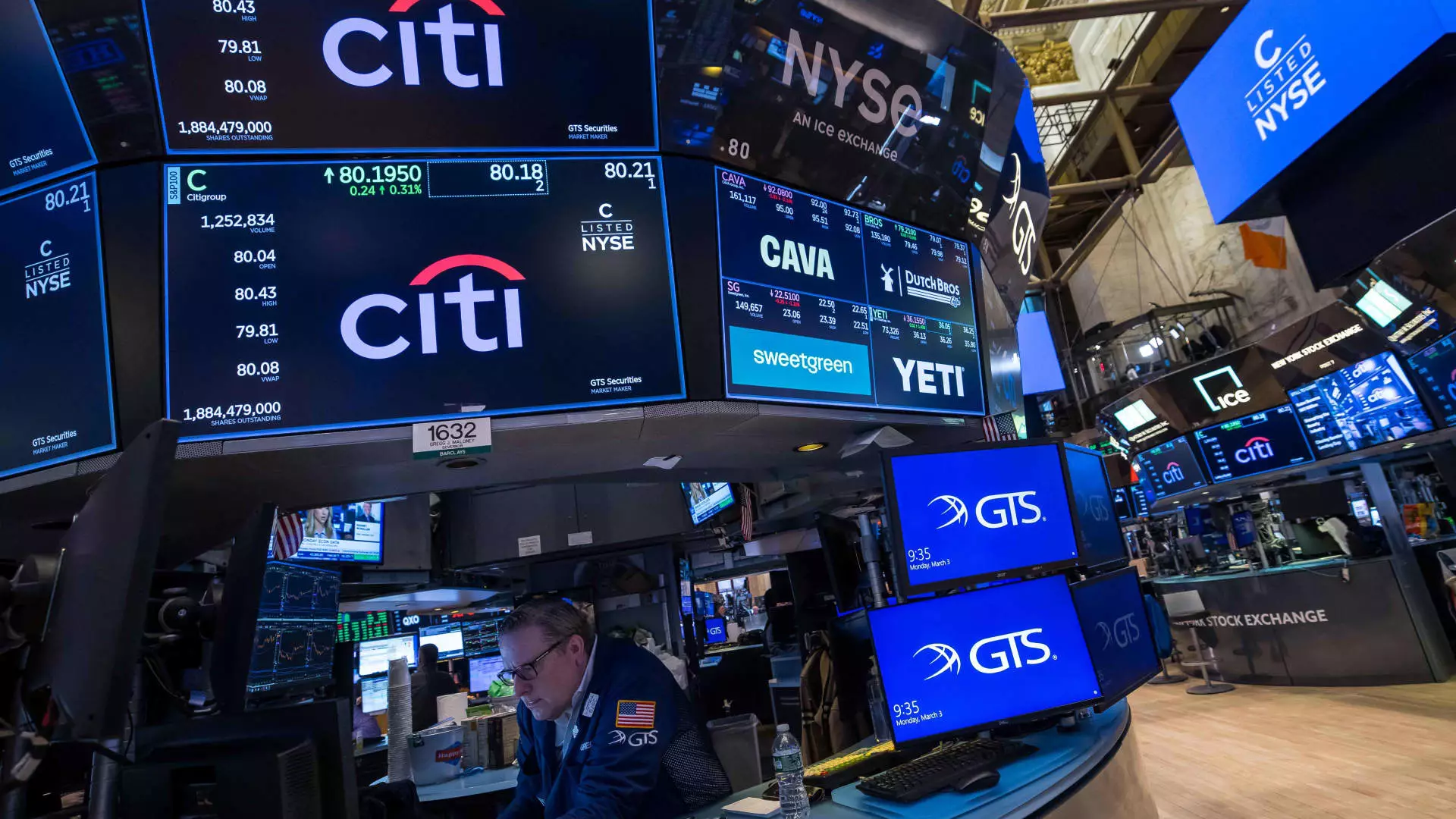In the current financial climate, many investors find themselves mesmerized by the promise of easy profits fueled by falling interest rates. Market narratives highlight the allure of swooping into growth stocks, tech firms, and small caps that stand to benefit from a dovish Fed stance. This perspective, however, tends to oversimplify a complex interplay of economic health, monetary policy, and market psychology. The fawning optimism overlooks the fundamental risks woven into a narrative that assumes lower rates are inherently positive for stocks, especially when the economic backdrop remains uncertain.
It is naive to believe that monetary easing alone can sustain a bull run. Historical data contests this myth: rate cuts often occur amidst economic slowdown fears, serving as a Band-Aid for deeper systemic issues rather than a beacon of prosperity. Such measures, while providing short-term relief, might mask underlying vulnerabilities. Investors that blindly chase the promise of stocks like Gap or EchoStar, which are highlighted as super-sensitive to rate cuts, risk being caught off guard when economic fundamentals weaken, turning supposed windfalls into painful downturns.
The Illusory Safety of Defensive Stocks and the Overlooked Risks
The assumption that defensive, low-beta stocks will serve as safe havens in the face of falling interest rates is a dangerous oversimplification. While these securities tend to be less volatile, they are not invulnerable. A deteriorating economy can severely impact even traditionally resilient sectors, undermining the very safety investors seek. The notion that adding to traditional defensives provides a shield against volatility neglects the real possibility that economic contractions could squeeze profits across the board, regardless of sector.
Furthermore, the narrative of growth stocks thriving in a low-rate environment overshadows another critical reality: such periods of monetary ease often generate asset bubbles. These bubbles tend to burst when economic reality catches up, leaving latecomers with losses and diminishing returns. The risk lies not only in the potential for a sudden economic downturn but also in misjudging the timing and magnitude of the Fed’s policies, which are inherently unpredictable. The market’s optimism about stocks like Callaway or EchoStar’s spectrum deal must be tempered with skepticism about the sustainability of these gains.
The Future Is Uncertain—and That’s the Problem
A central flaw in the prevailing narrative about falling interest rates is the assumption that economic conditions will steadily improve, enabling markets to flourish. However, the economy remains a fragile construct, subject to geopolitical shocks, inflationary pressures, and unforeseen crises. While some analysts, like Citi’s Scott Chronert, suggest a “persistently positive” outlook may benefit growth stocks, their optimistic scenario rests on fragile assumptions that might not materialize.
If economic data deteriorate—perhaps driven by global tensions or policy missteps—the fallout could be severe. Stocks most sensitive to interest rate movements, such as Gap or EchoStar, could quickly become liabilities, as their valuations are heavily dependent on factors beyond interest rates alone. The risk of overexposure to these sectors in the hope of quick gains is substantial, especially when one considers that market sentiment can shift abruptly, turning previous winners into underperformers.
The Power of Critical Thinking in an Unreal Market
Despite the allure of short-term profits, a sober, skeptical approach rooted in critical analysis is essential. It is crucial to remember that markets do not exist in a vacuum—they are interconnected with the real economy, investor confidence, and geopolitical stability. Reliance on simplistic narratives—such as stocks that benefit from falling rates invariably doing well—is dangerous.
A more prudent strategy involves assessing the broader economic signals and maintaining a balanced portfolio that safeguards against the inevitable surprises. Investors should be wary of the hype surrounding stocks like Gap or EchoStar, recognizing that their recent rallies are likely fueled by speculative fervor rather than sustainable fundamentals. Diversification, skepticism, and a focus on long-term value rather than quick flips are the hallmarks of a rational investment approach in uncertain times.
The narrative of easy money through falling interest rates obscures the complex realities of market dynamics. Investors should resist the temptation to buy into simplistic stories and remember that economic fundamentals and geopolitical realities ultimately shape market outcomes far more than the Fed’s cuts or short-term rate movements. A critical lens and cautious prudence are the best tools for navigating the tumultuous waters ahead.

